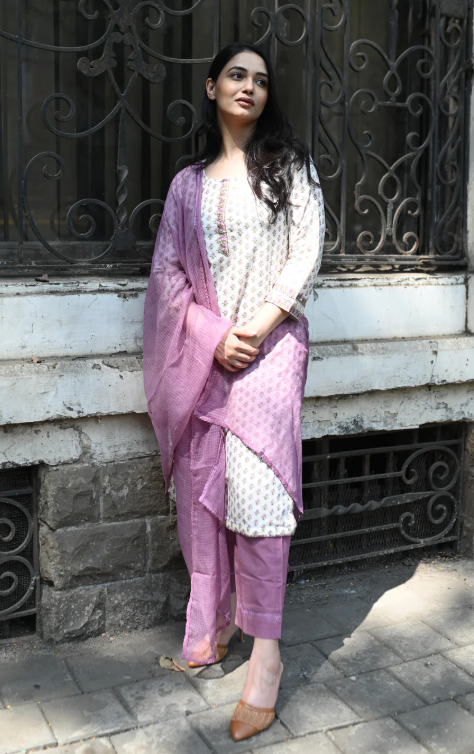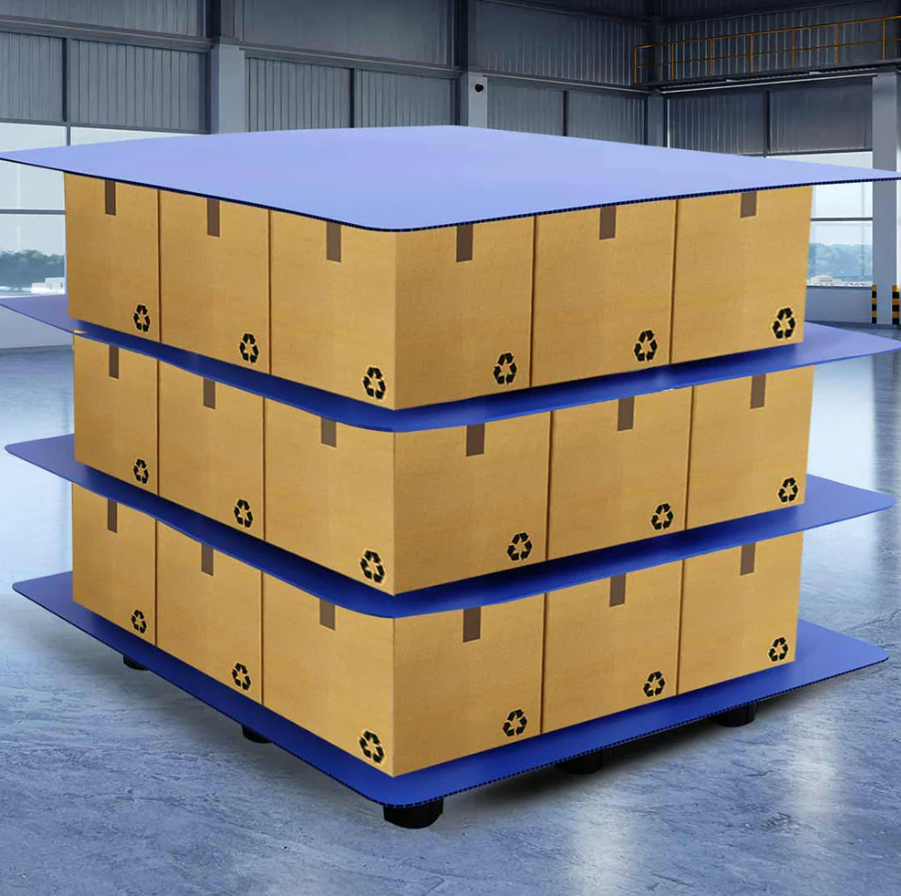
I. Understanding the Aesthetic: What Is an A Line Suit?
An a line suit refers to an ensemble where the kurta or top wear follows an "A" shape—fitted at the shoulders and gradually flaring out towards the hem. Unlike straight-cut or anarkali styles, the A-line silhouette sits comfortably between simplicity and elegance. The design does not cling to the body, allowing for movement while maintaining structure. Its beauty lies in its balance: it is minimal without being basic, and structured without being stiff.
The “A-line” principle is rooted in geometry—where the form broadens gradually from a narrow top. This creates a universally flattering shape that adapts well to various body types, cultural aesthetics, and design adaptations.
II. Anatomy of an A Line Suit
Let’s break it down:
1. The Kurta (Topwear)
Cut: Fitted at the bust, then gently flares outward.
Length: Ranges from mid-thigh to ankle, depending on occasion and styling.
Sleeves: Can vary from sleeveless to full-length, affecting the overall tone (casual vs. formal).
Necklines: Scoop, round, collar, or V-necklines all pair well with the A-line form.
2. The Bottomwear
Churidar: For a more traditional, tapering effect.
Trousers/Pants: Straight or slightly flared pants create a balanced contrast.
Palazzos: Add a contemporary and breezy aesthetic.
Skirts: Occasionally paired for fusion looks, though less common.
3. The Dupatta (optional)
Can be printed, plain, or heavily embroidered depending on the occasion.
Draping style influences how structured or relaxed the final outfit appears.
III. The Function: When and Why to Choose an A Line Suit
The a line suit is incredibly versatile. Its adaptability makes it ideal for multiple occasions, from daily errands to formal gatherings. Here's a breakdown by purpose:
PurposeA-Line Suit AdvantageEveryday WearBreathable fabrics like cotton keep comfort high while maintaining style.Office/Formal SettingsStructured design adds professionalism without sacrificing cultural identity.Festive EventsEasily enhanced with embroidery, zari, or rich fabrics like silk or brocade.Travel and MovementNon-clingy cut allows ease of movement while maintaining neatness.
The A-line form’s subtle flare means it neither restricts nor overwhelms—making it a “middle path” in ethnic wear silhouettes.
IV. Body Type Considerations
A key reason for the enduring popularity of the a line suit is its suitability for a wide range of body types. Unlike clingy or overly voluminous garments, it offers a tailored yet forgiving structure.
Pear-shaped: The flared hem balances wider hips, bringing symmetry to the silhouette.
Apple-shaped: The gradual flare helps in skimming over the midsection, offering ease and elegance.
Petite frames: Shorter lengths (mid-thigh to knee) avoid overwhelming the frame while maintaining proportion.
Tall figures: Long A-line kurtas enhance verticality without making the figure look too elongated.
Fit remains the key—too tight around the chest or too flared at the base can disrupt the visual flow.
V. Styling Without Excess
Minimalism enhances the a line suit’s elegance. Here’s how it can be elevated through subtle style decisions:
A. Prints & Patterns
Vertical stripes: Add height and structure.
Floral motifs: Create a soft, feminine aura.
Geometric prints: Add modernity, especially in fusion styles.
B. Accessories
Footwear: Kolhapuris or block heels for ethnic appeal; mules or loafers for Indo-Western fusion.
Jewelry: Minimal for daytime; oxidized or gold-toned accents for festive occasions.
Belts: A slim belt can redefine the waist, offering shape definition without altering the silhouette.
C. Layering
Cropped jackets or shrugs can be added for seasonal layering.
Scarves or stoles offer warmth and texture without being heavy-handed.
VI. Fabric Selection: Dictating Occasion and Mood
Fabric choice dramatically impacts how an a line suit looks and feels:
FabricImpact on LookCottonCasual, breathable, everyday-friendlySilkRich, festive, drapes elegantlyChanderiSheer and lustrous, for semi-formal settingsLinenStructured yet soft, ideal for professional wearRayon/ModalComfortable and flowy, works for relaxed silhouettes
Heavier fabrics add volume to the flare, while lightweight materials create movement and softness.
VII. Cultural and Contemporary Influences
Historically, Indian wear leaned heavily toward either straight silhouettes or voluminous anarkalis. The a line suit sits comfortably between these two poles—adopted widely for its adaptability.
Contemporary trends have seen this silhouette evolve with:
Asymmetrical hems
Slit details (side or front)
Panelled designs
Layered flares and ruffles
The minimalist structure of an A-line allows designers to experiment without distorting the foundational elegance of the garment.
VIII. Final Reflections: Why It Endures
The a line suit is a reflection of equilibrium in design—it does not demand attention yet never fails to leave an impression. It is both architectural and fluid, traditional and modern, flattering yet functional.
For individuals who seek balance in their wardrobe—between cultural heritage and personal expression, between comfort and presentation—the A-line suit offers a quiet confidence. It doesn’t shout; it speaks in gentle, well-measured tones.
This subtle power, combined with design versatility, makes the a line suit not just a passing trend but an enduring staple in wardrobes across regions, styles, and generations.





















Write a comment ...